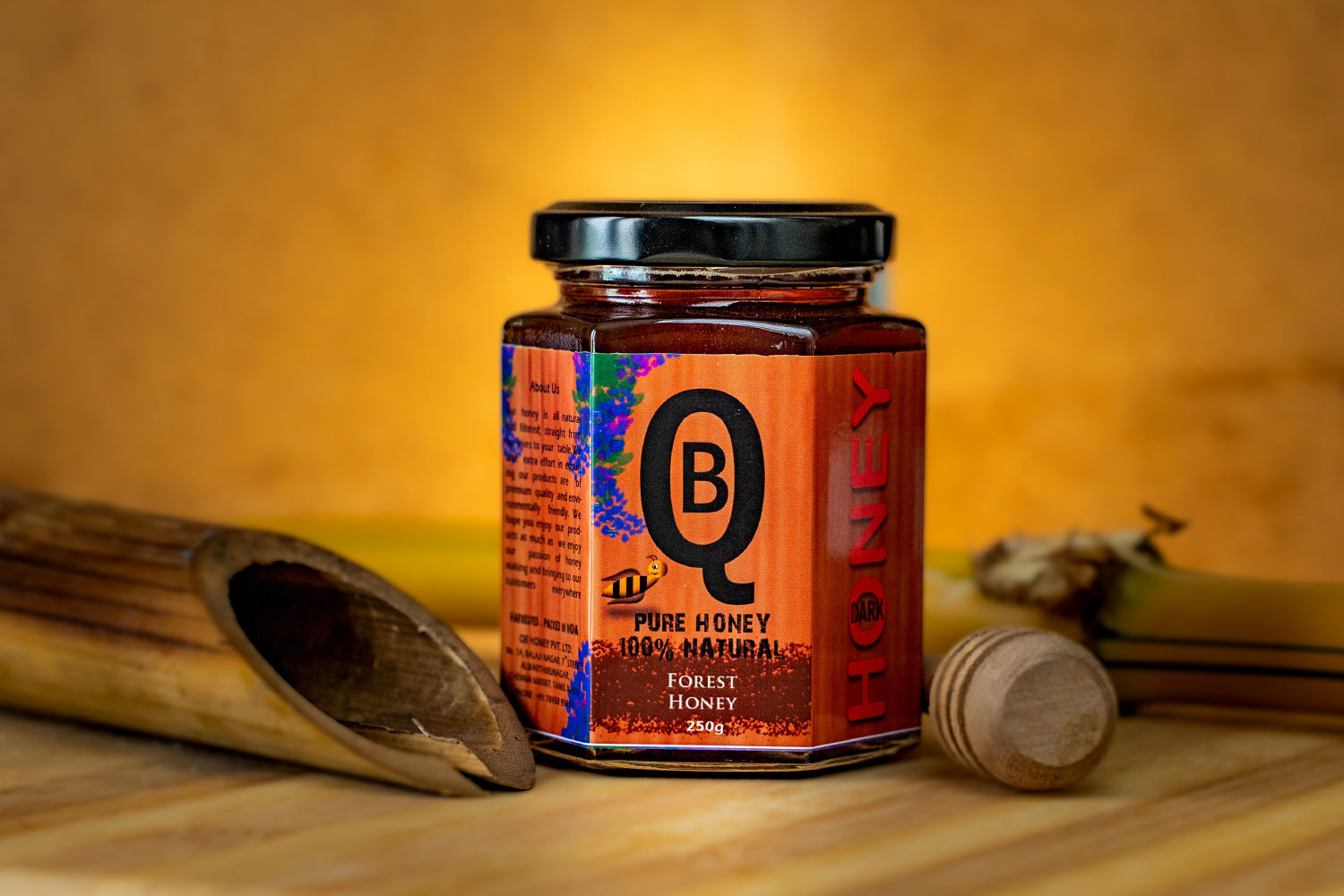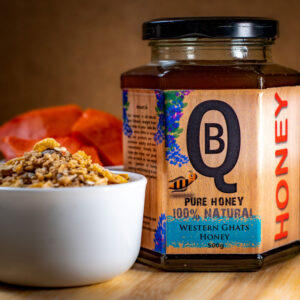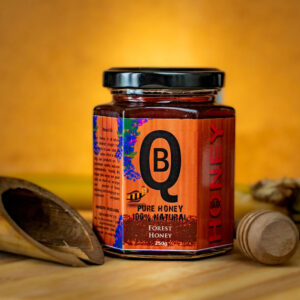EUCALYPTUS HONEY | derived from the nectar of eucalyptus flowers by bees
Nature’s Golden Defense
Pure. Potent. Proven.
Powerful Protection
Antibacterial & Antifungal Shield |
Rich in Antioxidants |
|
|---|---|---|
| Forest honey has strong antimicrobial properties that help fight bacteria and fungi. It’s excellent for healing wounds, soothing sore throats, and preventing infections. | Packed with natural antioxidants like flavonoids and phenolic acids, forest honey helps protect your body from oxidative stress, slowing aging and reducing the risk of chronic diseases. |
Targeted Benefits |
Respiratory Support |
Immune System Booster |
Skin Health & Wound Healing |
Weight Management & Detox |
|---|---|---|---|
| Traditionally used to relieve cough, asthma, and congestion, forest honey helps clear the respiratory tract and reduce inflammation in the lungs. | Thanks to its wide variety of nutrients from forest flora, forest honey enhances the immune response, helping your body fight off viruses, colds, and seasonal flu. | Its antiseptic and anti-inflammatory qualities make it ideal for treating cuts, burns, acne, and dry skin. Used topically or internally, it promotes skin regeneration and a healthy glow. | When consumed with warm water and lemon, forest honey can help boost metabolism, flush out toxins, and support fat metabolism, making it ideal for detox routines. |
Versatile Wellness |
- Heart & Blood Sugar Support : Some forest honeys have a lower glycemic index and anti-inflammatory properties, which may help regulate blood sugar levels and support cardiovascular health when used moderately.
Pure. Simple. Effective.
✔ Raw, unfiltered quality
✔ No additives or processing
✔ Sustainable sourcing
Note: There may be a slight difference in actual color, due to the colors of display.





